Do you ever wonder what life would be like if people went back to eating a real food diet? Would people be less sick? Would childhood obesity be eliminated? Would people be happier? I think so. So what is the real food difference?
I just turned 37 on April 4th and my best girlfriend from childhood sent me a happy birthday message on Facebook and attached the photo below of us as kids sitting at my parents’ house eating breakfast (I’m the topless one in the front.) The photo was taken in 1978 and it made me realize that the standard American breakfast table probably looks a whole lot different nowadays.

What has changed the most in thirty-five years? The food. Most kids don’t eat a real food diet anymore.
Now I’m not saying I ate perfectly as a kid. My mom and dad had never heard of words like “antioxidants”, “superfoods” or “phytonutrients”. Mom didn’t buy our food from a health food store either. But one thing is for sure, the food I ate as a kid did not come out of a package. It was real food that mom cooked. And we had to sit down at a table and eat it; my mom never gave me Cheerios out of a bag to eat on the run in the car (besides, dad would have totally flipped out if I had left a bunch of smashed Cheerio crumbs in his spotless polished sports car!)
Fast Forward to My Teen Years…
My mom never stopped making homemade meals but as I entered my teen years I started eating out of the house more and more and packaged foods became a standard dietary staple. By the time I was in college my diet had drastically taken a turn for the worst. Now that I know as much as I do about nutrition I am convinced I would have never been diagnosed with multiple sclerosis (MS) in 1998 if I had been eating a nutrient-rich “real food” diet.
Fast Forward to 2013…..
My diet has been clean and I have gone back to eating real food ever since I was diagnosed with MS (my MS has been in remission for over a decade by the way). My husband changed his diet along with me and promptly lost 15 pounds and reversed his stage 1 hypertension. When our son, Blake, was born in 2001 he was raised on real food too — that’s him in the photo below eating his roasted beets!
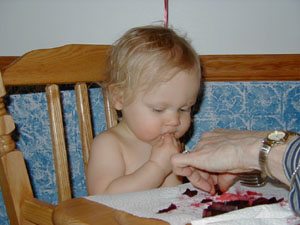
I know changing my diet gave me my life back because it helped me manage my MS. I also credit the clean real food diet my husband and I follow for staying trim. And I know my son’s vibrant health, lean body and incredible energy can be attributed to his clean diet too.
But we eat very, very differently than the average family today.
Today’s current diet patterns are a far cry from clean, and they certainly are not healthy. The average person–and child–eating the modern-day diet consumes way too many animal foods, too many calories, too much refined oil, too many refined carbohydrates in the form of sugar and refined flour, an abundance of processed junk foods, far too few vegetables, too little fiber, too few true whole grains (I’m not talking crackers and Cheerios here), too few fat-soluble vitamins, too few essential fats, and far too few plant-based, disease-fighting phytonutrients. It’s amazing anyone is healthy eating this way! And it is no wonder why we have an epidemic of childhood obesity.
The animal-food-rich, processed-junk-food-rich standard American diet (SAD) most people eat today is making them fat and sick. A drastic dietary overhaul is in order.
What is more, to meet the needs of a growing and increasingly busy world population, there is a need for a sustainable way of eating that doesn’t require extreme measures, lengthy prep time, or gustatory deprivation. It’s time to clean our plates and start eating real food again.
Clean Cuisine is a Real Food Diet
What is real food? Real food is nutrient-dense whole food found in its most natural and unrefined state. Real food is what forms the foundation of our nutrition recommendations in our Clean Cuisine book.
Real food is also traditional, meaning it is produced and prepared more or less as it once was, long before factories and big companies started manufacturing inferior cheaply processed versions. Industrial food delivers pasteurized orange juice, enriched flour, and high fructose corn syrup—foods that are rich in calories and poor in overall nutrition. Eating industrial foods is the fastest way to expedite the aging process and get sick and fat simultaneously. In comparison, eating nutrient-dense, fresh, whole food is the simplest solution to staying healthy, slim, and disease free.
The whole foods our family eats and the whole foods that form the foundation of Clean Cuisine are as nutrient dense and close to their natural state as possible. We choose steel-cut oats over instant oatmeal. We eat apples (with the skin!) instead of commercially packaged applesauce. We drink whole orange juice made from whole orange segments including the fiber-rich and flavonoid-rich pulp, instead of commercial pasteurized orange juice. We eat corn on the cob instead of cornflakes. We choose sprouted whole grain bread made with a blend of unrefined whole grains, beans, and legumes instead of bread made with enriched and refined flour. The eggs we eat come from healthy pastured chickens, not chickens that were fed a diet that deviates from the natural diet chickens are supposed to eat. The small amount of beef we eat is from healthy pastured cows that live and eat the way nature intended.
The two big ideas here are that first, the closer to nature your food, the more nutrient dense and the more healthful it will be and second, you can’t separate the health of the animal from your own health.
Real Food = Real Nutrients
Unlike the vast majority of highly processed foods filling today’s supermarket shelves, whole foods are brimming with nutrients in a natural and bioavailable form that your body can actually recognize and use.
Real nutrients from real whole foods will help keep your body younger and healthier. Because a nutrient deficiency can cause food cravings and interfere with your body’s ability to burn fat, real nutrients from whole foods can also help you manage your weight. Some real nutrients, such as certain antioxidants, phytonutrients, and essential fats, are highly anti-inflammatory and can therefore help you control symptoms of inflammatory conditions such as multiple sclerosis, asthma, allergies, and fibromyalgia.
In contrast, your body can’t necessarily assimilate or recognize the synthetic nutrients found in enriched, processed foods. The word enriched is actually a keyword telling you the food has been processed and refined. Start reading food labels, and you’ll notice many manufacturers of breads, cereals, pastas, and so on actually promote the fact that their foods are enriched, as if it were a good thing!
Keep in mind whole foods don’t need to be enriched with synthetic vitamins and minerals because whole foods already contain these nutrients intact and in a bioavailable (usable) form.
Besides, real food tastes delicious and looks beautiful naturally, so it doesn’t need to be pumped with artificial flavors or food coloring either.
The Cleanest Cuisine Emphasizes More Plants, Less Meat
While whole real food is the foundation of our Clean Cuisine program, unrefined plant-based foods are lower on the food chain and can truly be considered the cleanest whole foods on earth.
In addition to being real food based, the Clean Cuisine way our family eats is also exceptionally plant forward.
I’m not saying you need to be a vegan or even a vegetarian to follow Clean Cuisine; as far as I know there are no traditional vegan cultures, and our family is certainly not vegan. Besides, I also know the vegan lifestyle can be extremely difficult to follow, especially if you want to eat a nutrient-dense and anti-inflammatory vegan diet (vegan cupcakes are not nutrient dense and aren’t exactly going to boost anybody’s health!) Instead, what works for our family is a diet that includes a ton of fruits and vegetables in addition to other plant based foods such as beans, nuts, seeds and whole grains and with modest amounts of animal foods. (Check out our Clean Cuisine food pyramid HERE.)
This way of eating has also helped the hundreds of people who have taken our 4, 5 and 8-week health and body makeover challenges change their bodies…inside and out.
It’s Easy!
Getting back to eating real food is really not very complicated. And it doesn’t need to be time-consuming or expensive either. I am convinced that if people started feeding their families real food again we would have less sickness, no more obesity and a lot more happiness. Our food would also taste a heck of a lot better too!!
You can start eating real food right now by buying the Ripe book and learning what to do with fruits and vegetables….

I am in love with Ripe: A Fresh, Colorful Approach to Fruits and Vegetables — it is a fruit and veggie cookbook with such delicious recipes that you (and the kids) will want to eat fruits and veggies with every meal—not because they are good for you, but because they taste so amazing. Nothing beats REAL.

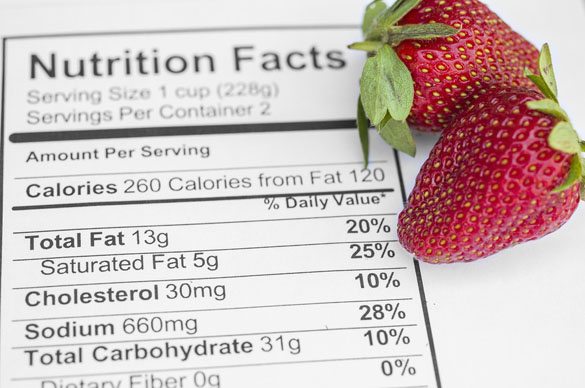
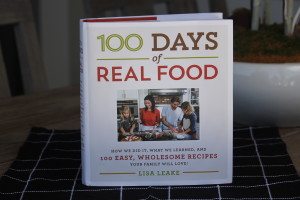
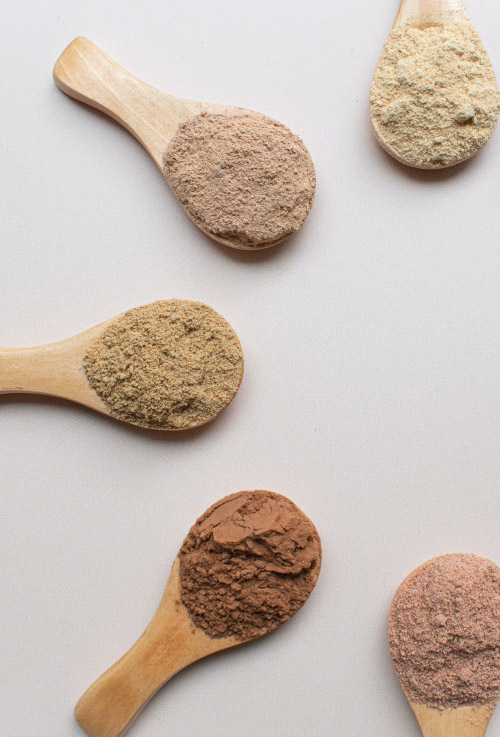
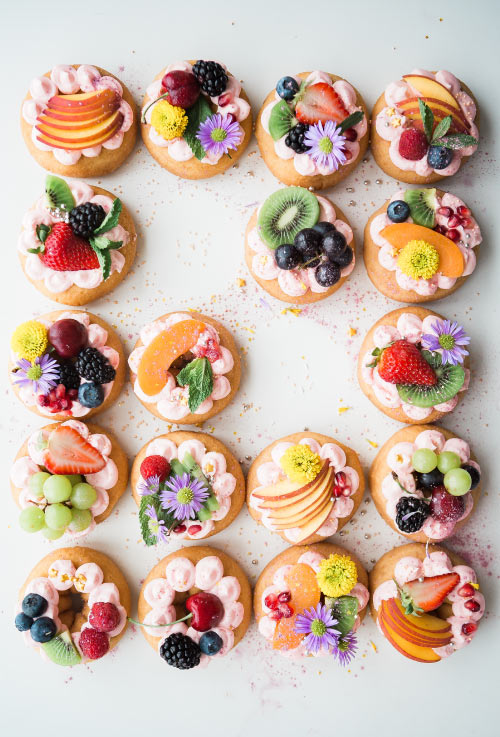


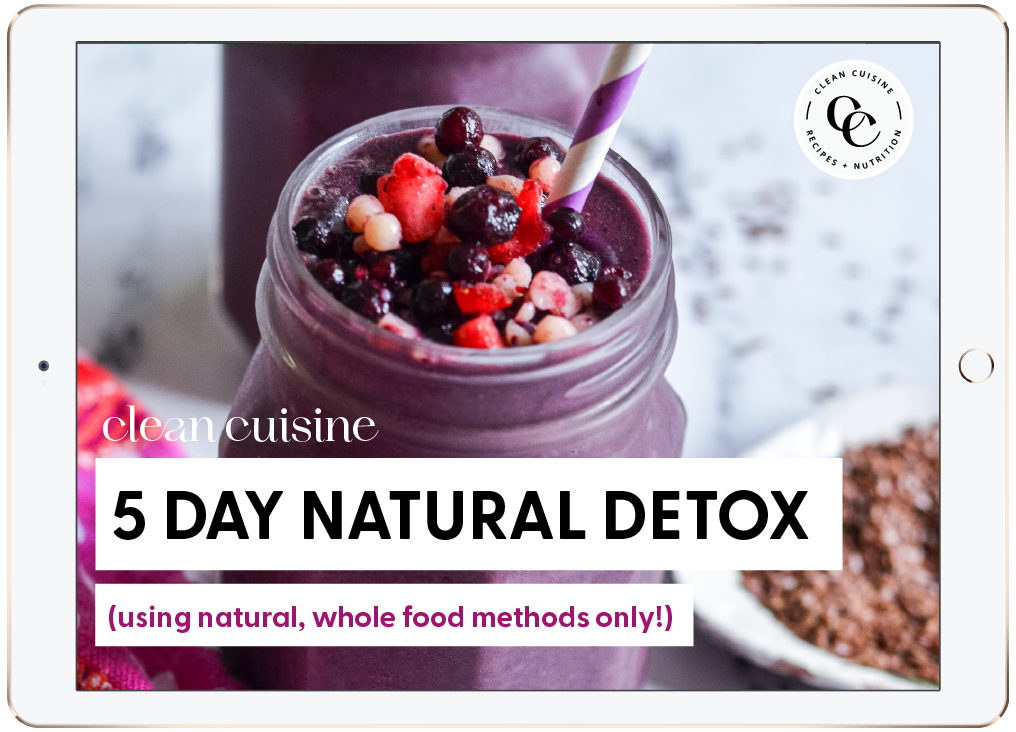
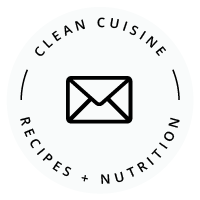
Moi
Saturday 17th of December 2016
I am so happy that I found you! This is absolutely Amazing and I am going to do the 8 Week Challenge starting Monday. I starter already and are looking forward to a New healthier life, feeling bryter already. Thank you!
Ivy Larson
Saturday 17th of December 2016
Oh I am SO happy you found us too Moi! Please do keep me posted on how you do with the Challenge. I'm very excited for you!! =)